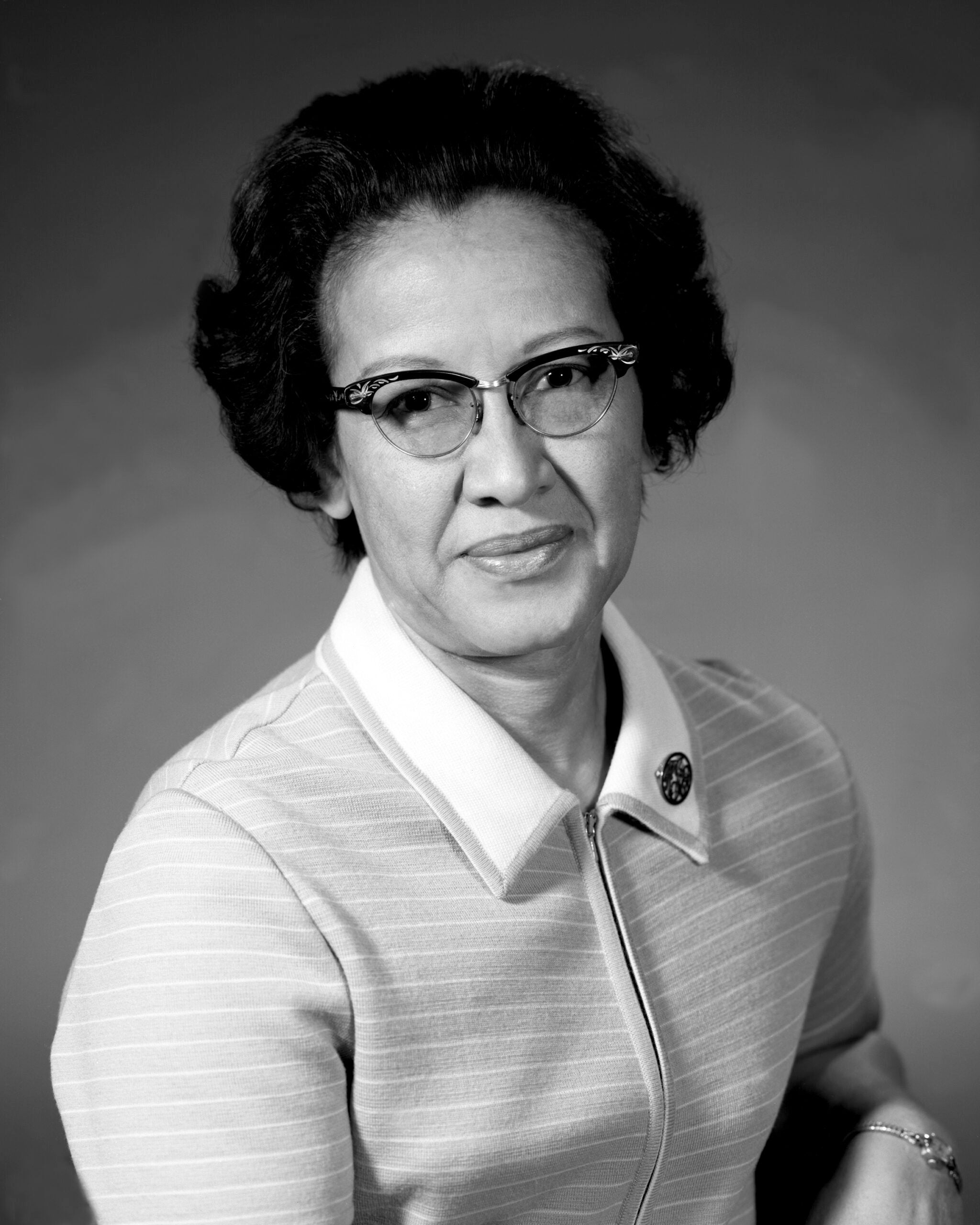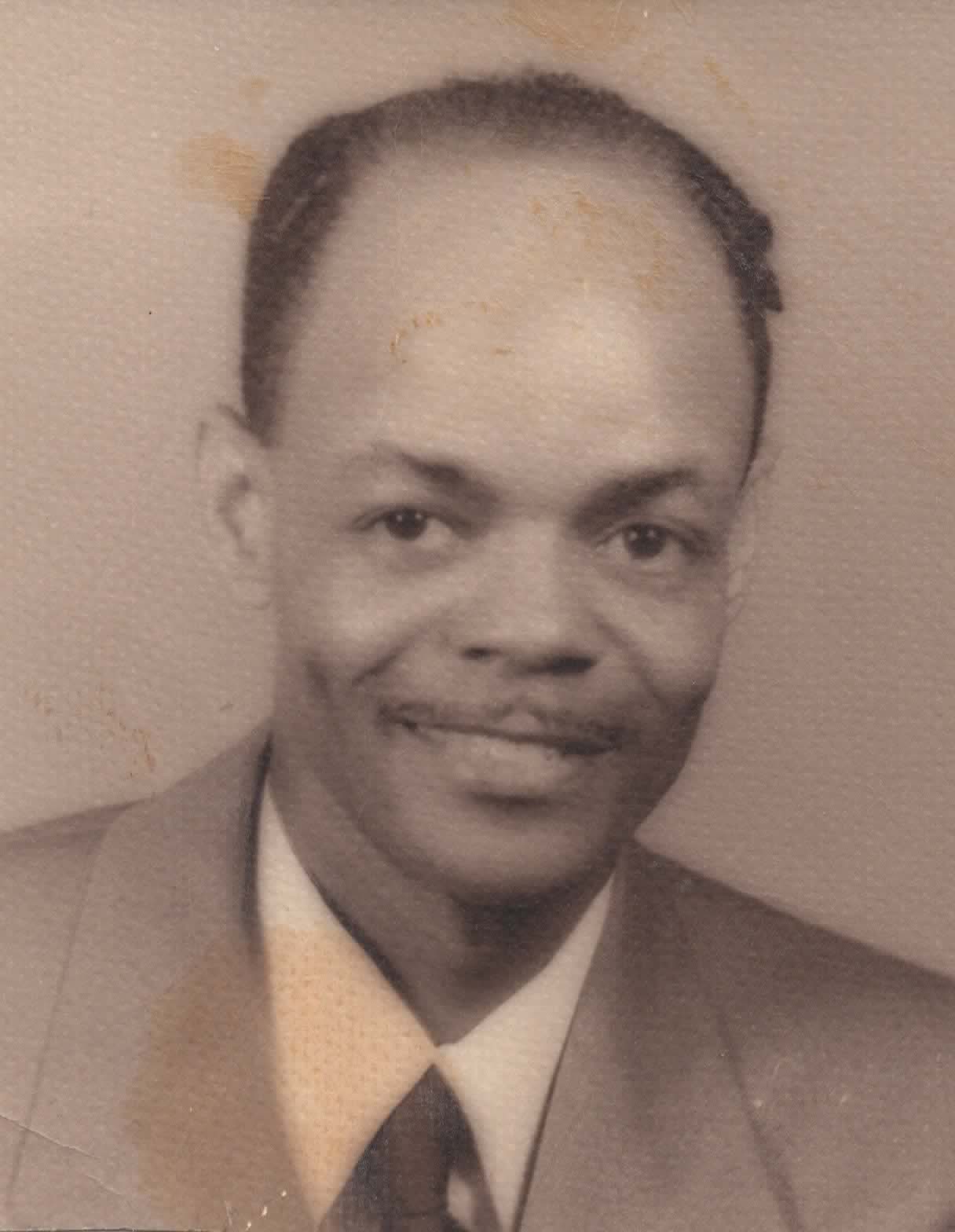In Honor of Black History Month, we’ve decided to recognize a few African American engineers who have made contributions that were instrumental in shaping the future of engineering and helped blaze a path for others to follow.
Katherine Johnson
 At the age of 15, Katherine graduated from high school and began attending West Virginia State College. During her time there, the renowned Professor, William W. Schiefflin Claytor, had a special class created just for Johnson in analytic geometry of space—eventually helping her future career at NASA. In 1937, Katherine graduated summa cum laude with a Bachelor of Science in mathematics and French. However, after graduation she ended up teaching due to the limited options for employment within her community. In 1953, Katherine applied and accepted a position to be a “computer” for the National Advisory Committee for Aeronautics—the predecessor to NASA. They were looking for females to help compute large mathematical equations and analysis for the team in their Guidance and Navigation Department. Johnson worked there from 1958-1986 as an aerospace technologist. She worked on calculating the trajectory for the first trip to the moon with Alan Shepard in 1959, the launch window for his 1961 Mercury mission, plotted backup navigational charts for astronauts in case of electronic failures, and calculated the trajectory for the 1969 Apollo 11 flight to the Moon. After the Apollo 13 mission was aborted, the crew wouldn’t have returned home safely without Johnson’s work on backup procedures and charting. Johnson was presented with the Presidential Medal of Freedom award from President Barack Obama on November 24, 2015 as a pioneering example of African American women in STEM. Recently, a movie called Hidden Figures was released, which is a movie about Johnson and her African American colleagues at NASA.
At the age of 15, Katherine graduated from high school and began attending West Virginia State College. During her time there, the renowned Professor, William W. Schiefflin Claytor, had a special class created just for Johnson in analytic geometry of space—eventually helping her future career at NASA. In 1937, Katherine graduated summa cum laude with a Bachelor of Science in mathematics and French. However, after graduation she ended up teaching due to the limited options for employment within her community. In 1953, Katherine applied and accepted a position to be a “computer” for the National Advisory Committee for Aeronautics—the predecessor to NASA. They were looking for females to help compute large mathematical equations and analysis for the team in their Guidance and Navigation Department. Johnson worked there from 1958-1986 as an aerospace technologist. She worked on calculating the trajectory for the first trip to the moon with Alan Shepard in 1959, the launch window for his 1961 Mercury mission, plotted backup navigational charts for astronauts in case of electronic failures, and calculated the trajectory for the 1969 Apollo 11 flight to the Moon. After the Apollo 13 mission was aborted, the crew wouldn’t have returned home safely without Johnson’s work on backup procedures and charting. Johnson was presented with the Presidential Medal of Freedom award from President Barack Obama on November 24, 2015 as a pioneering example of African American women in STEM. Recently, a movie called Hidden Figures was released, which is a movie about Johnson and her African American colleagues at NASA.
Otis Boyken
 Otis Boyken graduated as valedictorian of his class from Booker T. Washington High School and soon thereafter received a scholarship to Fisk University. While attending Fisk University, Otis also worked as a lab assistant at a nearby aerospace laboratory. He then traveled to Chicago to study at Illinois Institute of Technology, but dropped out only after attending for 2 years. Many speculated that he didn’t have enough money to afford his tuition, but he later explained he was offered a career opportunity and never had time to complete his education at Illinois. With an interest in resistors, he began researching and developing projects on his own which led Boyken to patent over 26 electronic devices before his untimely passing. His most notable inventions were a wire resistor that reduced inductance and reactance because of the physical arrangement of the wire, a variable resistor that was used by computers for small component thick-film resistors and guided missiles, and a control unit for the artificial heart pacemaker.
Otis Boyken graduated as valedictorian of his class from Booker T. Washington High School and soon thereafter received a scholarship to Fisk University. While attending Fisk University, Otis also worked as a lab assistant at a nearby aerospace laboratory. He then traveled to Chicago to study at Illinois Institute of Technology, but dropped out only after attending for 2 years. Many speculated that he didn’t have enough money to afford his tuition, but he later explained he was offered a career opportunity and never had time to complete his education at Illinois. With an interest in resistors, he began researching and developing projects on his own which led Boyken to patent over 26 electronic devices before his untimely passing. His most notable inventions were a wire resistor that reduced inductance and reactance because of the physical arrangement of the wire, a variable resistor that was used by computers for small component thick-film resistors and guided missiles, and a control unit for the artificial heart pacemaker.
Dr. Mark Dean
 Before becoming the first African American to become an IBM Fellow—which is the highest level of technical distinction at IBM— Dr. Mark Dean first pursued his undergraduate degree in electrical engineering from the University of Tennessee, his masters in electrical engineering from Florida Atlantic University, and his PHD in electrical engineering from Stanford. In 1980, he began working at IBM and within a year he became a co-creator of the IBM personal computer. He was also a part of a team that developed the ISA bus, and led the design team to make a 1-gigahertz chip. He was inducted into the National Inventors Hall of Fame in 1997, and currently holds more than 20 patents.
Before becoming the first African American to become an IBM Fellow—which is the highest level of technical distinction at IBM— Dr. Mark Dean first pursued his undergraduate degree in electrical engineering from the University of Tennessee, his masters in electrical engineering from Florida Atlantic University, and his PHD in electrical engineering from Stanford. In 1980, he began working at IBM and within a year he became a co-creator of the IBM personal computer. He was also a part of a team that developed the ISA bus, and led the design team to make a 1-gigahertz chip. He was inducted into the National Inventors Hall of Fame in 1997, and currently holds more than 20 patents.
While we have only mentioned three, there are countless other African American engineers who have provided years of work in mathematics, science, and engineering. Without the engineering abilities these individuals possessed—and their contributions to the field—many of the everyday items we use would not be with us today.











